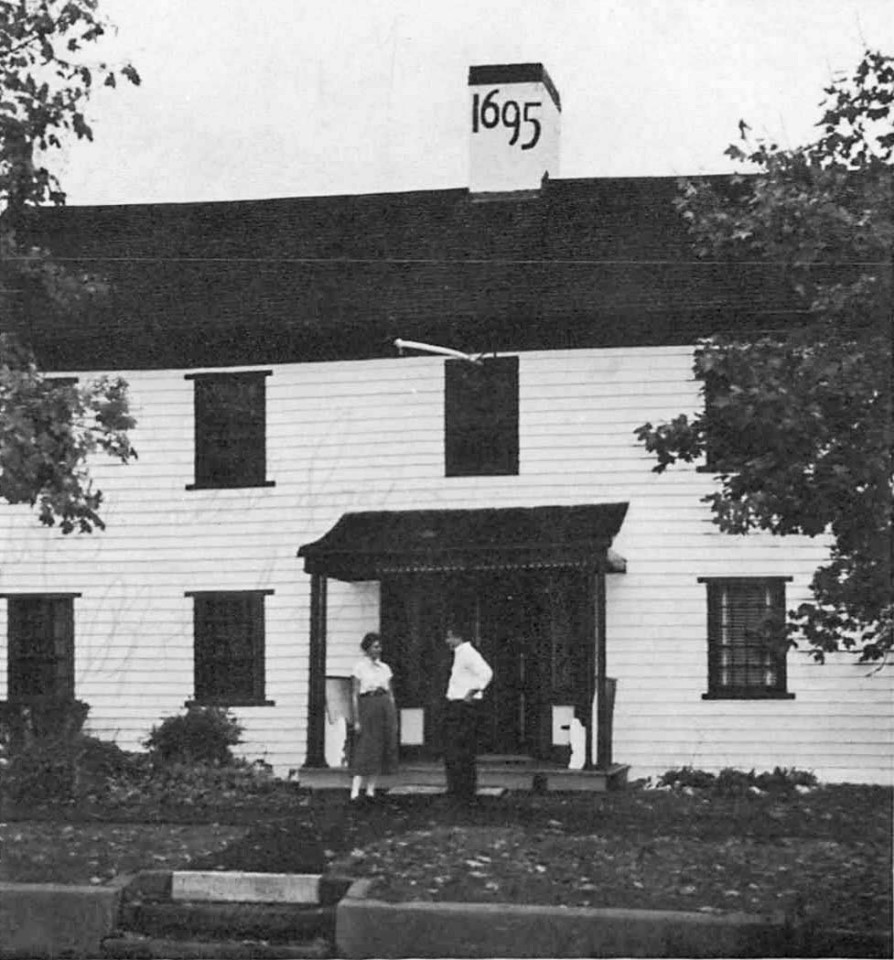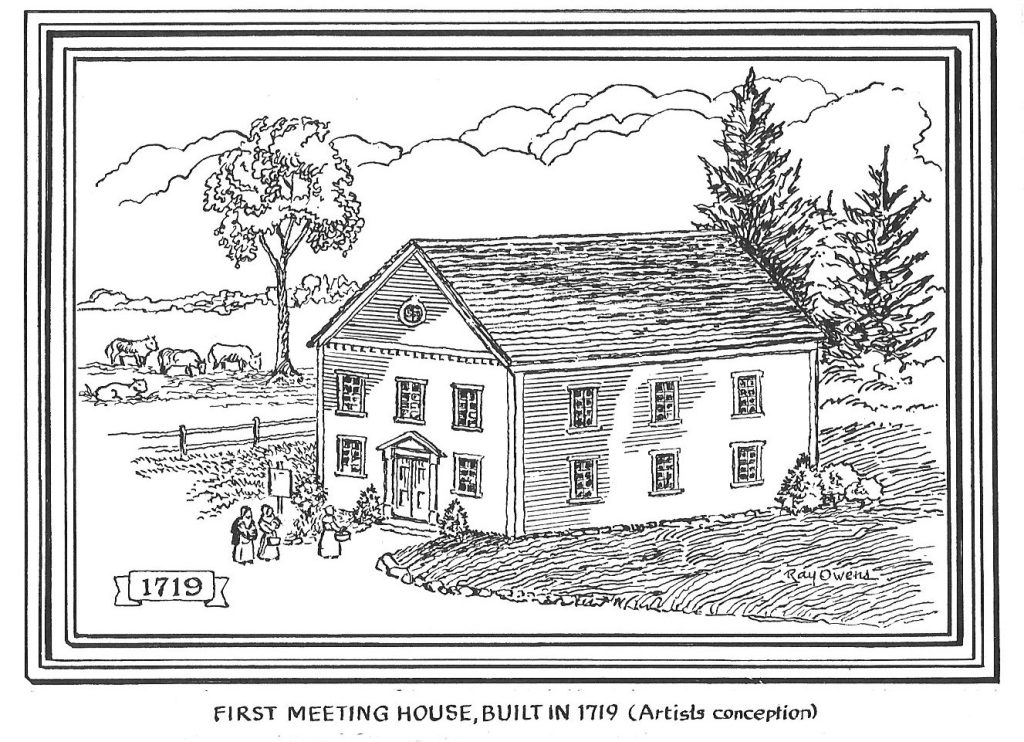By Dan Shine
Voice Columnist

The Rise of Campbell Avenue
Part I
See Part 2
Salt Grass: As the name implies, this knee-high grass grows in areas of high salinity. It is useful for reclaiming and stabilizing the sandy soil which may be found in salt marshes and flats adjoining coastal areas. Salt Grass is grazed by livestock and is also a known source of sustenance for ducks and geese. In bygone days, Native Americans used to extrude the salt from this grass, to use it to flavor their food.
When the first white settlers came to explore New Haven’s “west side” in 1640, they discovered the flowing water they would name Old Field Creek, and alongside of it, a Quinnipiac Indian summer encampment. The land lying between what we today would recognize as Savin Avenue and Second Avenue, and to the north Brown Street, they would come to call the Old Field.
To the south of Old Field there was a great expanse of salt water. The land would first become known as Lamberton’s Quarter, for its owner was Captain Lamberton: He would be lost at sea in 1647, aboard the ill-fated “Great Shippe.” It is this very same salt meadow across which young Thomas Painter ran for his life, with the Redcoats in hot pursuit during the invasion of West Haven in July 1779. And here begins our story.

In 1638, the New Haven Colony was settled by a group of Puritan pilgrims who were led by Rev. John Davenport and Theophilius Eaton. It didn’t take long before settlers began to ford the West River to explore what we today call West Haven. What they found there was a broad expanse of potential farmland with which to feed the colony itself. Gradually, they established farms and then in 1648, homes began to rise on the West Side.
A map of the area dated 1700 shows the primary–and almost only—roads of that era were Savin Avenue, First Avenue, and what we today refer to as Main Street and Elm Street. In 1700, there was no street at all where Campbell Avenue would someday be. No doubt cart paths lay at the perimeters of the farms of that era, but in 1700, that was about it.
By 1800, the map of that period shows the addition of numerous farms and residences, as the area’s settlement continued. Conspicuously, the land covered with salt grass and known as Old Field, still had no streets passing through it. Old Field is shown on the map to adjoin marshy ground, which extends all the way up to the southern side of West Haven Green, and through which flows Old Field Creek. By this time, a northbound road known as Fourth Avenue did originate at West Haven Green, and extend as far north as Richards Street, where it ended. This short length of roadway was called Fourth Avenue, the first of three names that it would be known by.
Thanks to Cathie Iaccarino, Peter Malia, James Holt and City Engineer Abdul Quadir for their assistance with this story.